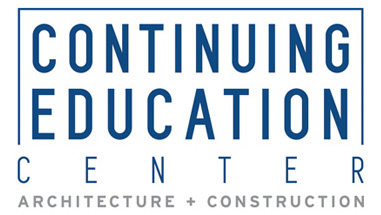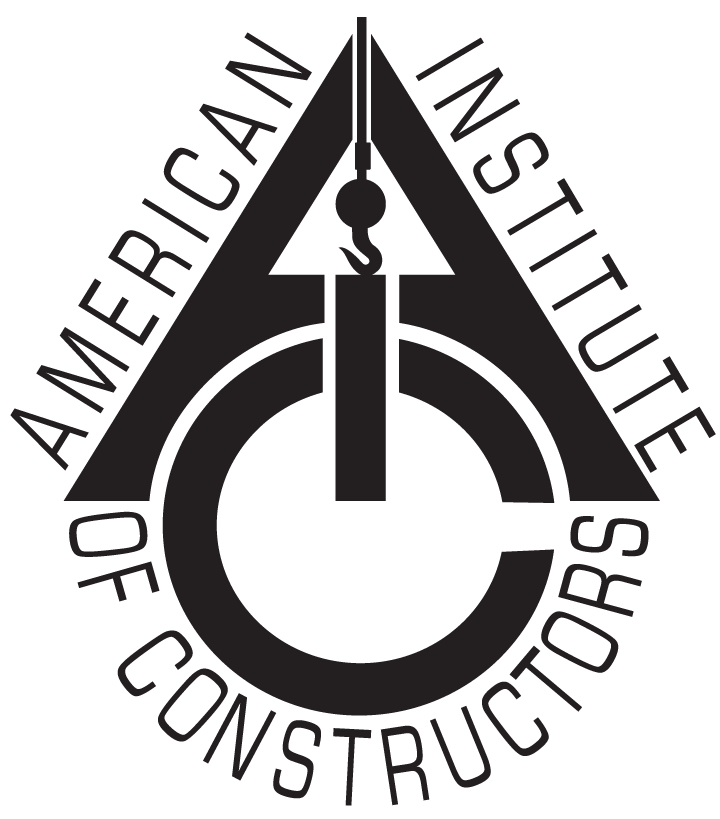Testing MM Course
Learning Objectives:
- Describe what lightweight panels are and how they are specified by architects and designers.
- Explain how lightweight panels have evolved over time to be lighter, larger, and more customizable.
- Discuss the different materials used to create lightweight panels.
- List the distinct advantages to specifying lightweight panel technology.
Credits:
This course is approved as a Structured Course
This course can be self-reported to the AANB, as per their CE Guidelines
Approved for structured learning
Approved for Core Learning
This course can be self-reported to the NLAA
Course may qualify for Learning Hours with NWTAA
Course eligible for OAA Learning Hours
This course is approved as a core course
*State-certified members self-report 1 ADA State Accessibility/Barrier-Free
This course can be self-reported for Learning Units to the Architectural Institute of British Columbia
Lightweight engineered wood panels have long been a staple for architects and designers looking to create interesting and contemporary interior designs. Although prized for their consistency in look and ease of installation, historically, lightweight panels have three main challenges that have kept them from more frequent use.
- Lightweight panels have been difficult to specify and procure, limiting architects’ and designers’ ability to creatively use the product.
- Lightweight panels have been too costly to be a viable solution to meet architectural design requirements due to inefficient lightweight panel manufacturing processes.
- Lightweight panels have not had the engineering support behind them to complete a full package, including fastening, hardware, and installation.
Fortunately for architects and designers, many of these challenges have been addressed by lightweight customizable panel technology. New panel styles and types offer a wide range of materials, expanded sizes, and fastener technologies. However, before specifying lightweight engineered wood panels, it is important that the architect and designer have the knowledge to choose the right lightweight panel type for the project.

Photo courtesy of Think Lightweight Corp.
 |
The CE Center offers a large library of free continuing education courses for architects and designers. Credits offered include AIA, HSW, GBCI, ASLA, IDCEC and many more. Learn from industry experts and earn your credits now.
Explore and interact with key industry products through our exclusive Interactive Product Spotlight on Vapor Retarders for Total Moisture Control. |
















